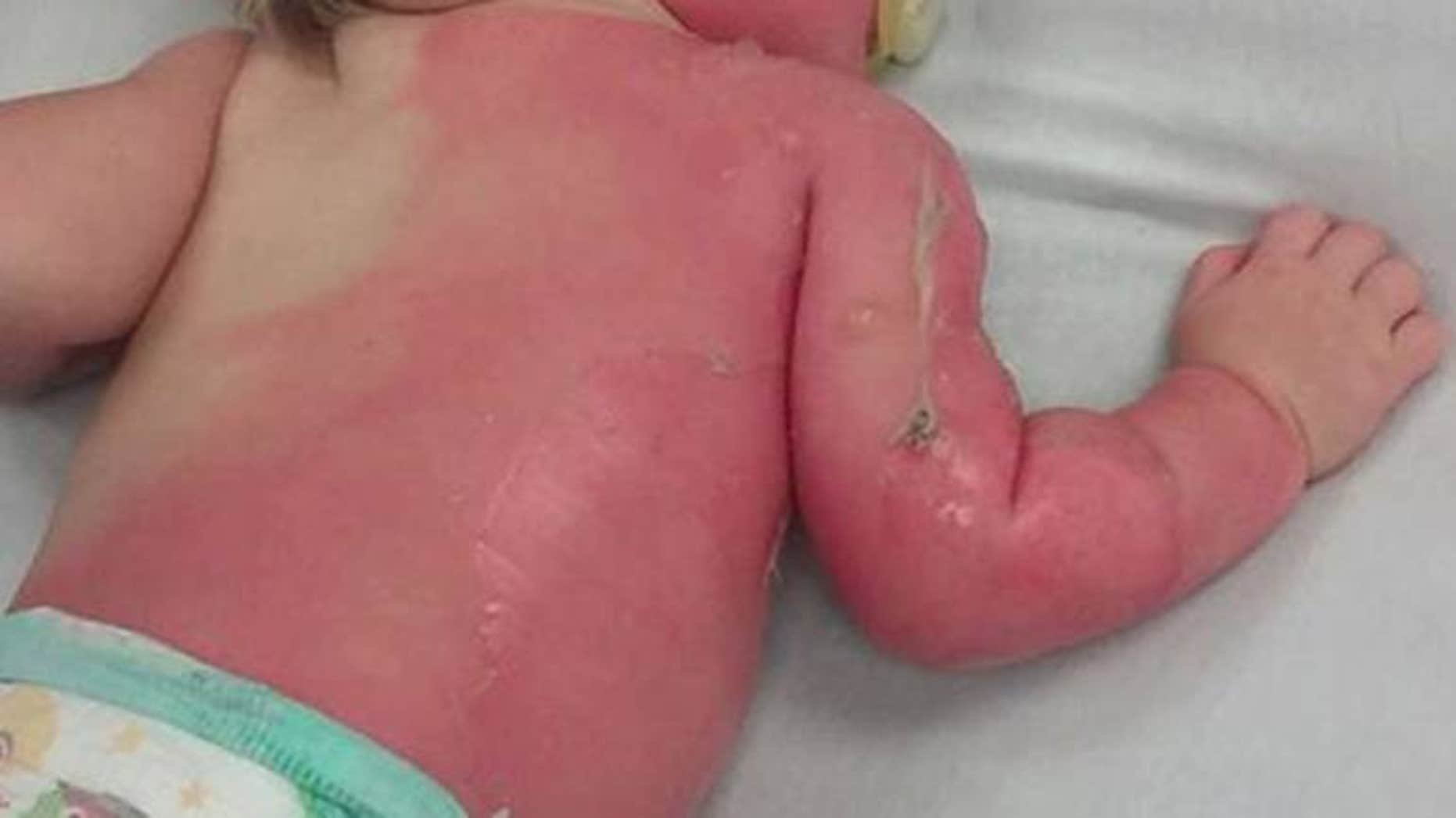What are the symptoms of a second-degree burn?
The symptoms of a second-degree burn, also known as a partial-thickness burn, include:
- Redness: The skin appears red and may look more intense than in a first-degree burn.
- Blistering: The burn area often develops blisters, which may be swollen and filled with clear fluid.
- Swelling: The affected area can become swollen due to fluid accumulation.
- Pain: There is typically significant pain, which can be more severe than that experienced with a first-degree burn.
- Moist Appearance: The burn area may look moist or wet because of the blisters and fluid leakage.
- Sensitive to Touch: The skin in the burned area can be very sensitive to touch and may feel tender.
These symptoms result from damage to the outer layer of skin (epidermis) and part of the underlying layer (dermis), which affects both the surface and deeper layers of the skin.
What are the causes of a second-degree burn?
Second-degree burns are caused by damage to the skin that extends beyond the outer layer (epidermis) into the underlying layer (dermis). Common causes include:
- Heat Exposure: Contact with hot liquids, steam, or hot surfaces, such as scalding from boiling water or touching a hot stove.
- Flames: Direct exposure to fire or open flames, such as from a house fire or explosion.
- Chemical Burns: Contact with corrosive chemicals or substances that can burn the skin, including acids or alkalis.
- Electrical Burns: Electrical current passing through the body, often from faulty wiring or electrical accidents.
- Sunburn: Prolonged exposure to ultraviolet (UV) radiation from the sun, leading to severe sunburn that affects deeper skin layers.
Second-degree burns affect both the outer skin layer and part of the dermis, resulting in more severe symptoms and damage compared to first-degree burns.
How is the diagnosis of a second-degree burn made?
The diagnosis of a second-degree burn is typically made through a combination of physical examination and medical history. Here’s how the process generally unfolds:
- Physical Examination: A healthcare provider will visually inspect the burn to assess its depth, extent, and severity. Second-degree burns are characterized by redness, blistering, swelling, and pain. The presence of blisters and the extent of skin involvement help determine the severity.
- Medical History: The provider will ask about the cause of the burn, the duration of exposure to the heat source, and any first aid measures that have been taken.
- Assessment of Burn Depth: Second-degree burns affect both the epidermis and part of the dermis. The provider will evaluate the burn depth to distinguish it from first-degree burns (affecting only the epidermis) and third-degree burns (which extend through the dermis and can damage underlying tissues).
- Evaluation of Other Symptoms: The provider may check for additional symptoms such as signs of infection, changes in skin color, and the overall impact on the patient’s well-being.
- Documentation: The size and location of the burn are often documented, sometimes using the “Rule of Nines” to estimate the total body surface area affected.
In most cases, a thorough physical examination and medical history are sufficient to diagnose a second-degree burn. In severe cases or if there are concerns about complications, further diagnostic tests may be ordered to evaluate the extent of damage and guide treatment.
What is the treatment for a second-degree burn?
The treatment for a second-degree burn focuses on managing pain, preventing infection, and promoting healing. The specific approach depends on the severity and extent of the burn. Here’s a general outline of treatment strategies:
Initial Care:
- Cool the Burn: Immediately cool the burn by running it under cool (not cold) water for 10-20 minutes. This helps reduce pain and prevent further tissue damage.
- Cover the Burn: Gently cover the burn with a clean, non-stick bandage or sterile dressing to protect it from infection and reduce discomfort.
- Avoid Ice: Do not apply ice directly to the burn, as it can cause further damage to the skin.
Pain Management:
- Over-the-Counter Pain Relief: Use non-prescription pain relievers such as ibuprofen or acetaminophen to alleviate pain and reduce inflammation.
- Topical Treatments: Apply burn creams or ointments recommended by a healthcare provider to soothe the skin and promote healing.
Wound Care:
- Keep the Burn Clean: Gently clean the burn with mild soap and water. Avoid scrubbing the area.
- Monitor for Infection: Watch for signs of infection, such as increased redness, swelling, pus, or a fever. If any signs of infection are present, seek medical attention promptly.
Medical Treatment:
- Professional Evaluation: For more severe second-degree burns, or if the burn covers a large area, seek medical evaluation. A healthcare provider may need to assess the burn for possible complications.
- Debridement: In some cases, medical professionals may need to remove dead tissue (debridement) to prevent infection and promote healing.
- Prescription Medications: If over-the-counter pain relievers are insufficient, a healthcare provider may prescribe stronger pain medications or antibiotics if an infection is present.
Follow-Up Care:
- Wound Care Instructions: Follow any specific wound care instructions provided by healthcare professionals.
- Hydration and Nutrition: Maintain good hydration and nutrition to support the body’s healing process.
Rehabilitation:
- Physical Therapy: In cases where the burn is extensive or affects joints, physical therapy may be recommended to maintain mobility and function.
For second-degree burns, it’s important to monitor the burn closely and follow professional medical advice to ensure proper healing and minimize the risk of complications.

Leave a Reply
You must be logged in to post a comment.